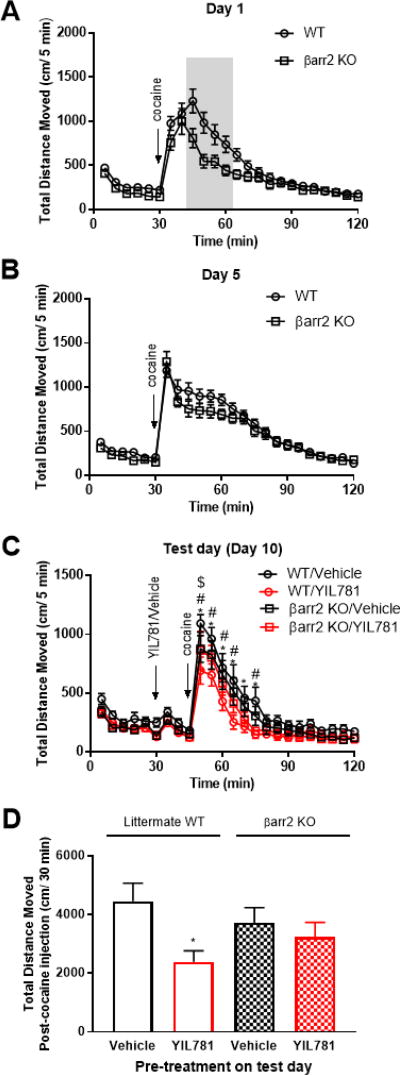Figure 6. Locomotor sensitization to cocaine in whole body βarrestin-2 KO mice.
(A) Plot of 20 mg/kg cocaine-induced locomotion for whole body βarr2KO mice and littermate WT control mice on sensitization Day 1. Differences in the areas under the respective curves were observed for the grey shaded regions (n = 24 mice/genotype, t = 2.623, p <0.05). (B) Cocaine-mediated locomotion on Day 5 of sensitization. (C) On the test day (Day 10), 10 mg/kg YIL781 pre-treatment reduced 5 mg/kg cocaine-induced locomotion in sensitized WT mice only. A two-way ANOVA revealed significant main effects for time (n = 11–12 mice/group, F (23, 989) = 64.5, p<0.0001) and treatment/genotype group (F (3, 43) = 3.499, p<0.05). Tukey’s post hoc comparison: WT/Vehicle compared to WT/YIL781, *p<0.05; βarr2KO/Vehicle compared to WT/YIL781, #p<0.05; WT/ YIL781 compared to βarr2KO/YIL781, $p<0.05. (D) Total distance traveled 30 min after cocaine administration. A one-way ANOVA identified a treatment group effect, F (3, 42) = 2.958, p < 0.05. Tukey’s post hoc comparison: WT/Vehicle compared to WT/YIL781, *p<0.05.

